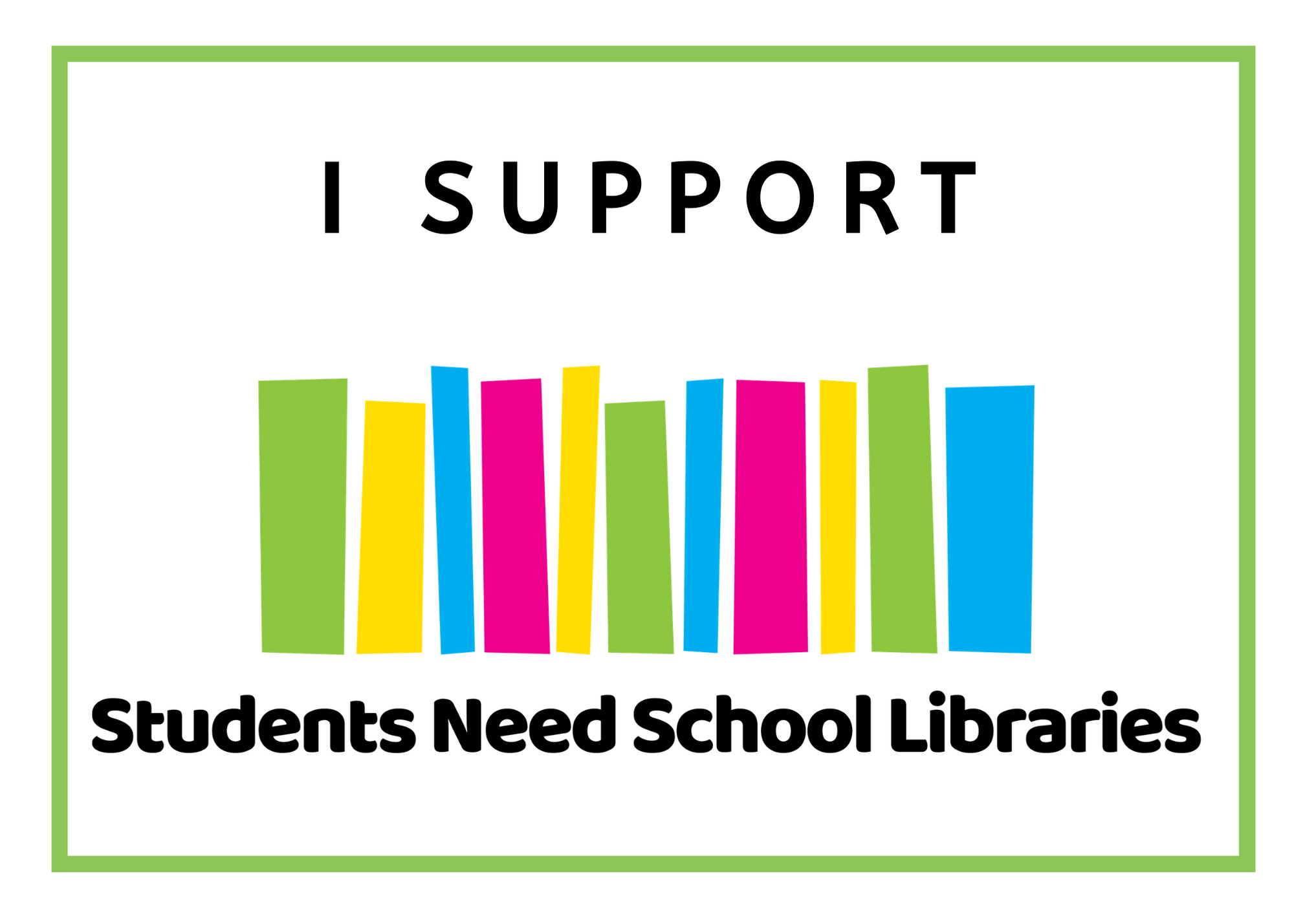It’s a question I absolutely love. “How did you get into working in school libraries and is that something I can do?”
Working in a school libraries is the best job in the world (I’m biased, but just try and prove me wrong!). Yet becoming someone who works in a school library is a path shrouded in mystery. I know I certainly didn’t realise it was an option that was open to me until much later on in my search for a career that felt right and fit me.
In my years working in school libraries and sharing about my work online, I’ve been approached by lots of people wanting to know how they might become a school library staff member. So, this post series is all about celebrating the people who work in school libraries, exploring the different roles available and the steps you can take to become a school library staff member.
In this post in the series, I attempt to answer the question
What exactly do you do all day?
The answer to what someone who works in a school library does all day actually varies quite a lot. It varies each and every day. One minute you are helping students find a great book to read and the next you are helping fix the photocopier machine, then you’ll be off looking for the perfect research article for a senior student, pulling resources for teachers, cataloguing, answering queries by phone, email and face to face, supervising the library at lunchtime, prepping makerspace activities, recharging robots, or finding the perfect resource to fit someone’s request. Your tasks will also vary depending on what school you work at, how many staff help run the library, if it is a K/P- 12 library, junior library, high school library, is connected to the local public system, or has a focus on technology, creativity, STEM or something else (or all of them). Your tasks also depends on your role within the library and how many staff are in the library. I explored some of the school library staff roles here.
No two days in the library are the same, but here’s an overview of how I spend my day in the school library.
Get to work early. The only quiet time in the library is early in the morning or late in the evening, so getting to work early is a good time for me to get settled and organised for the day, check and respond to emails or prep classes.
Open up. The library opens early to provide a safe space for staff and students to access. So important for students who have to be dropped off early or are siblings of students at early morning sport. The library is a refuge for these students. Opening the doors, turning on display projectors and setting up for the day is a daily routine.
Morning duty. Before school, we supervise student in the library, answer queries, help find resources for staff, respond to early emails and generally face the bustle of the day. For me, it’s also an important time to check in with each of my team members, see how they are going and what’s on for the day. Spaces need to be prepped for the day, resources pulled, piled up or handed out. Early morning borrowing from students and parents visiting the library takes place. Students are playing games, studying, reading, chatting or just enjoying the space.
The bell rings and it’s time to make sure everyone heads off to class. We might have a library lesson, where the teacher librarian is working with a group on information literacy, referencing, reading for pleasure or a range of other skills. The library technicians or assistants might be prepping resources, loaning and returning, reshelving, responding to requests from teachers or students, making study rolls, or setting up spaces for makerspace activities or events. This continues throughout the day. If there isn’t a library class or other class visiting the space needing assistance with resources, it’s time to get cataloguing or processing done, prepping activities or resources for the next group, working on catalogue or collection maintenance, meeting with staff to prep collaborative lessons or resource use, or plan events. Throughout the day, the library staff take hundreds of requests for help, at the desk, in person, via email and via phone. It might be helping with the printer or laminator, a request for a new resource, helping with booking a space, needing to find a resource, loans, returns, or even locating missing students.
Lunch breaks for the students are busy times for library staff who are on duty, monitoring the space, helping students find books, chatting with students about books, assisting with makerspace activities, running book clubs or events, helping students access and use the available technology and resources in the space, making sure students leave the area tidy when they head back to class, and resetting resources at the end of the break.
The afternoon usually flys by, with more classes or meetings, and project work like the morning. The library is open after school, so it’s back on duty once the school day officially ends, making sure students have what they need. We might be running extra-curricular groups or setting up for events after school. The afternoon also means time to reset the space after a busy day, picking up leftover items, tidying furniture, reshelving, locking doors, turning off technology, and then responding to emails and requests that have come in over the day. For me, my own work, prepping for classes and library admin happens from the afternoon and into the evening.
It’s always busy in the library and quiet moments are a rare treat to get other work done. Students love the vibrancy of the place and staff coming through always comment on how busy it is. It can make completing all the work that is needing to be done hard, but the first priority is always customer service and responding to requests.



Leave a Reply